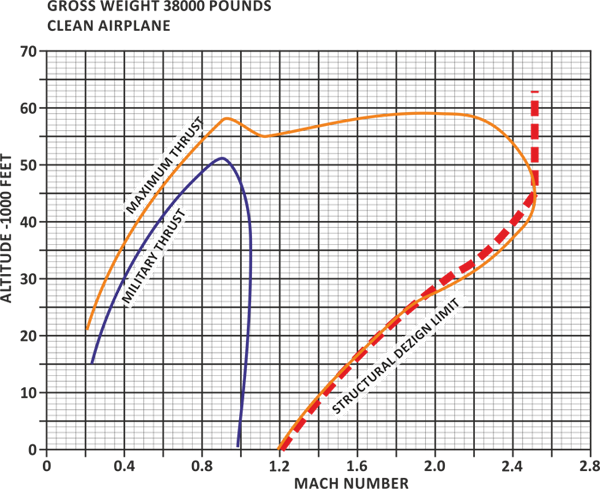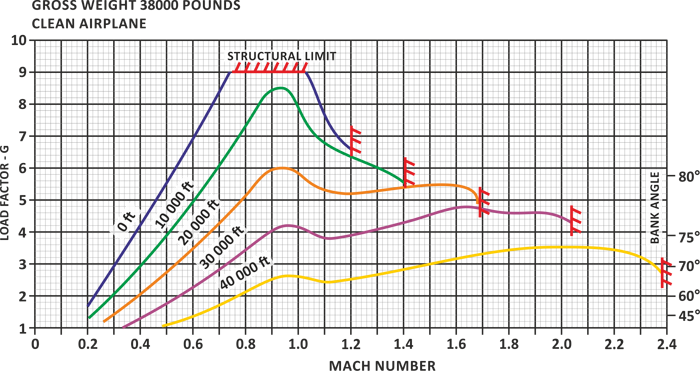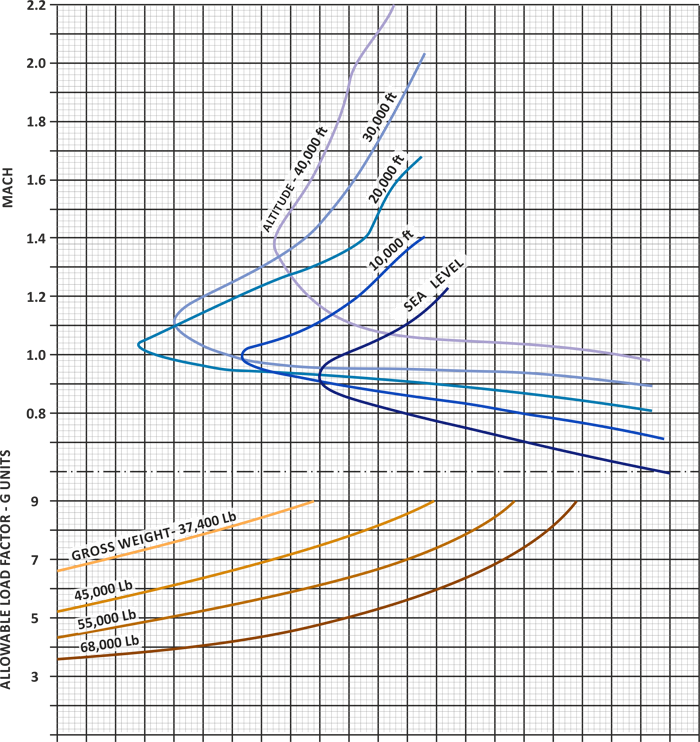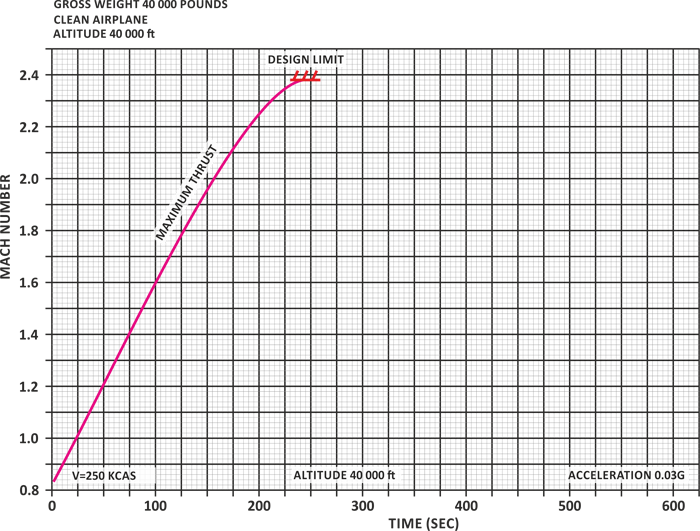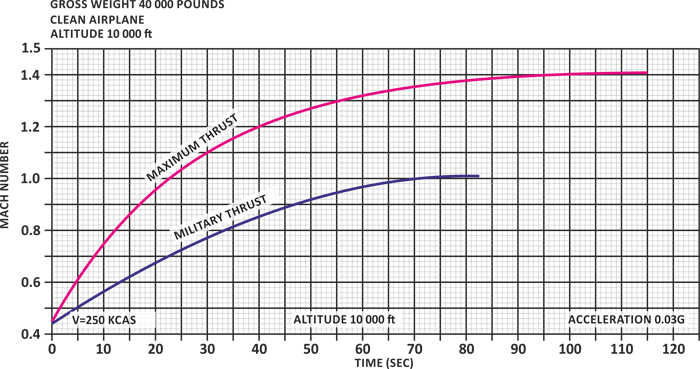Advanced flight model features in the F-15C simulator
Aircraft performance is constantly recalculated based on standard physics equations describing the translational and rotational motion of a rigid body under the influence of external forces and moments, regardless of the nature of their origin.
- Trajectory and angular motion looks more natural due to the correct modeling of the inertial properties of the aircraft.
- Unlike with Standard Flight Model (SFM) aircraft, the F-15C AFM does not show noticeable transitions between modes, which appear as unnaturally sharp attitude or position change. For example: when executing a tailslide, advanced flight maneuvers, landing when not wings level, and touching down with a single wheel.
- AFM naturally takes into account the gyroscopic effects on the plane's rotation (SFM does not model this at all).
- Asymmetric external forces (such as differential throttle), as well as external forces not applied through the aircraft center of gravity (eg, engine thrust and drag from asymmetric stores) are properly modeled throughout the flight envelope, causing properly applied torque.
- Aircraft center of gravity can shift with AFM based on various in-flight events.
- There is a concept of lateral and longitudinal center, which may shift depending on fuel load and external stores.
- AFM naturally models asymmetrical external stores which properly influences performance depending on airspeed, G load, and other factors.
The aerodynamic model of the AFM calculates aerodynamic characteristics of the aircraft, considering it a set of interconnected airframe elements, such as wings, fuselage, stabilators, etc. Each of these components has its aerodynamics calculated separately based on local angles of attack, airspeeds, mach numbers, and airflow, also considering pilot input as well as each component's damage state.
- Aircraft aerodynamics are fully modeled for the entire flight envelope.
- Lateral and longitudinal control effects as well as balance along each axis vary based on angle of attack and lateral and longitudinal static stability.
- Wing autorotation is naturally taken into account when rolling at high angles of attack.
- Kinematic, aerodynamic and inertial effects of each of the three axes of static stability is naturally calculated, such as in sideslip when rolling, or rolling during rudder movement, etc.
- Sideslip angle is not just based on pilot input, as is the case with SFM, but also considers aircraft attitude.
- For aircraft damage, changes in performance are not hard-coded but are calculated dynamically by fully or partially excluding affected components from physics calculations.
- The aircraft stall is properly modeled, creating realistic wing rocking and wandering aircraft nose behavior.
Dynamic jet engine modeling considers a complex set of parameters including the air intake, compressor, combustor, turbine, and the afterburner nozzles.
- Engine RPM depends on altitude and Mach number, as well as atmospheric conditions such as temperature and air pressure.
- Brief engine overspeed is modeled in throttle response.
- Engine overspeed and throttling response, as well as general throttle control (response speed) vary based on current RPM.
- Turbine exhaust temperature is modeled in intricate detail, considering multiple parameters such as engine RPM, flight parameters, and atmospheric conditions.
- Fuel consumption is calculated realistically based on both engine RPM and flight parameters.
- Engine operating parameters, such as RPM and exhaust temperature, are accurately modeled during the entire startup and shutdown process. F-15's AFM properly models such events turbine windmill in a disabled engine, engine relighting, and automatic air start.
Performance Data
